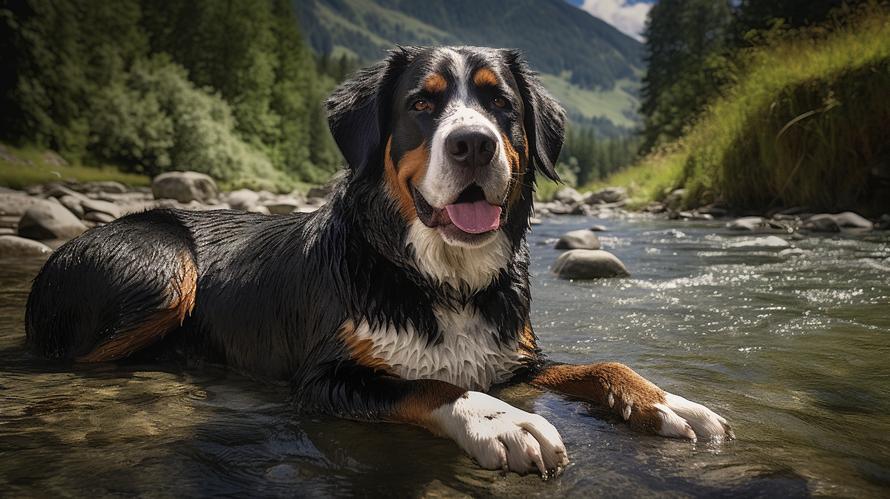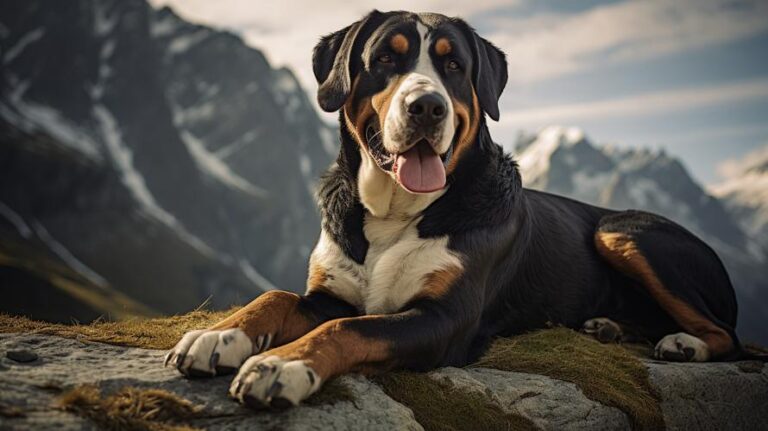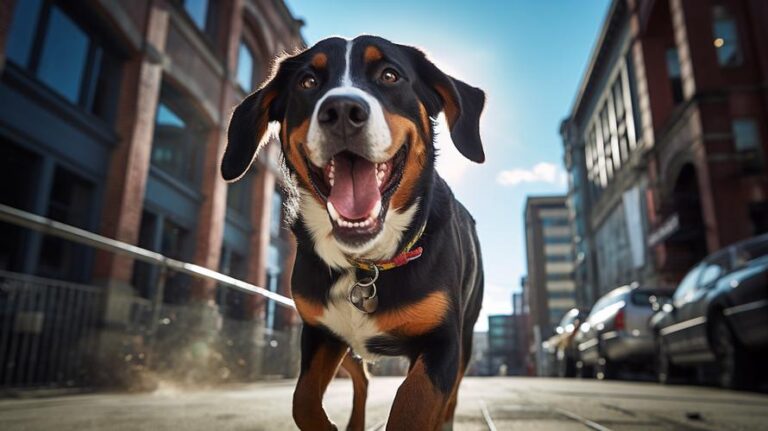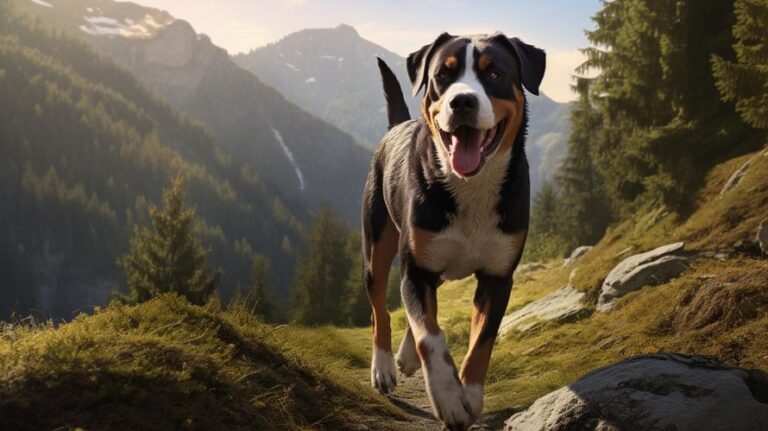Imagine being greeted at your door by an enormous, teddy-bear-like canine. The kind of dog whose fur is as deep and lustrous as the darkest forest and as bright and snowy as the highest Swiss peak. It’s hard to resist those large, expressive eyes full of love and loyalty that seem to say, “I’m here for you.” Such is the charm of the Greater Swiss Mountain Dog, a breed that is loved for its versatility, firmness, and balance of being both hard-working and family-friendly.
However, there’s something about these giant beauties that prospective owners often wonder about: the shedding. Do they shed a lot? The answer, my friends, is yes.
Now, don’t let that dampen your spirits. It’s important to understand that all dogs shed to some extent and it’s nothing to be alarmed about. Shedding is a natural process for dogs, mold shedding their old or damaged hair. The volume and frequency entirely depend on their health status, breed, and part of the natural cycle linked with season changes.
Greater Swiss Mountain Dogs have a double coat, with a dense outer layer and a thick undercoat. This coat design enables them to withstand all kinds of weather – a necessary feature for a breed originating from the chilly Swiss Alps where they performed duties as all-purpose farm dogs.
The luscious double-layered coat that protects them also makes them prolific shedders. On a shed scale of 1 to 10, they would easily hit a solid 8. They typically shed year-round, with the heaviest shed periods happening during the spring and fall. These periods are humorously termed “furpocalypses” by some owners. Essentially, they’re the times when your Greater Swiss Mountain Dog will embark on a mission to redecorate your home with its fur.
However, the shedding can be managed with the right techniques. Here are a few handy tips:
1. Brush Regularly: Brushing not only removes excess and dead hair but also helps to keep the coat healthy, shiny, and tangle-free. A firm-bristle brush, rubber grooming mitt or tool, or a rake designed for longer coats are all good options for the Greater Swiss Mountain Dog’s double coating. You should brush at least twice a week, but daily brushing is ideal.
2. Use a Deshedding Tool: Especially during the shedding seasons, a deshedding tool can be your best ally. It can effectively reach the undercoat to remove loose hair before it gets everywhere else.
3. Maintain a Healthy Diet: Much like in humans, a dog’s diet can affect its skin and hair health. A balanced diet that includes Omega-3 and Omega-6 fatty acids can help to improve the coat’s texture and reduce shedding. Always consult with your vet for dietary advice.
4. Regular Vet Checks: Illnesses, allergies and skin conditions can cause excessive shedding. Regular vet checks can catch any potential problems early.
5. Clean Regularly: Let’s face it, you’re going to need to vacuum more often! Investing in a good vacuum for pet hair will make this task much easier. Furniture covers can be a great help to keep fur off your couch, and can easily be removed and washed.
Remember, while it may seem like a furry tornado has swept through your home during shedding season, this is normal for the Greater Swiss Mountain Dog. In the grand scheme of things, a bit of fur on your favorite sweater is a small price to pay for the love and companionship that this breed offers. There is much more to these dogs than their shedding habits: their loyalty, their affectionate nature, and their playful spirit make them an ideal pet for many.
So, does the Greater Swiss Mountain Dog shed a lot? Absolutely. But does the joy, companionship and unconditional love they bring outweigh the hassle of dealing with some extra fur around the house? You bet!
As long as you’re armed with a good brush, a decent vacuum, and lots of patience, the shedding should not deter you from opening your heart and your home to a Greater Swiss Mountain Dog. Their love is worth every single fur tumbleweed rolling across your living room floor.



